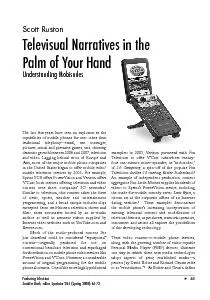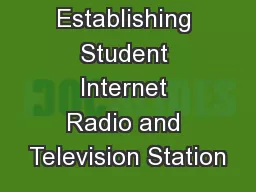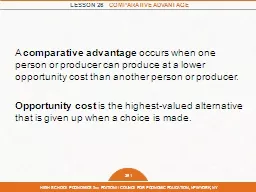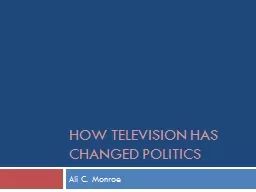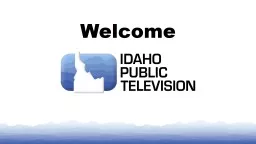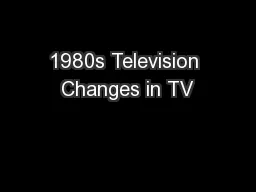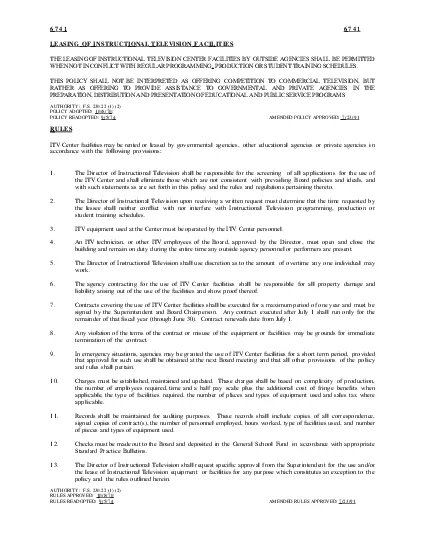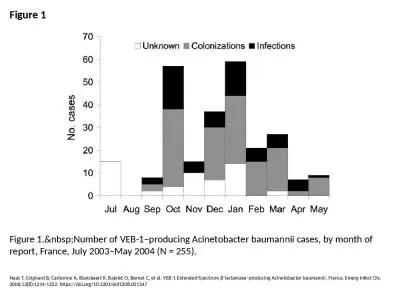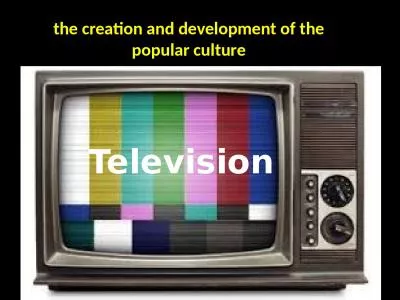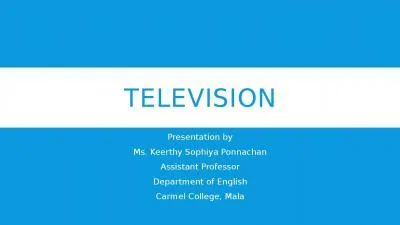PDF-Producing Television
Author : min-jolicoeur | Published Date : 2015-11-13
Jennifer Clark editor Spectator 281 Spring 2008 6573 65 Televisual Narratives in the Palm of Your Hand Understanding Mobisodes Scott Ruston examples in 2005 Verizon
Presentation Embed Code
Download Presentation
Download Presentation The PPT/PDF document "Producing Television" is the property of its rightful owner. Permission is granted to download and print the materials on this website for personal, non-commercial use only, and to display it on your personal computer provided you do not modify the materials and that you retain all copyright notices contained in the materials. By downloading content from our website, you accept the terms of this agreement.
Producing Television: Transcript
Download Rules Of Document
"Producing Television"The content belongs to its owner. You may download and print it for personal use, without modification, and keep all copyright notices. By downloading, you agree to these terms.
Related Documents

